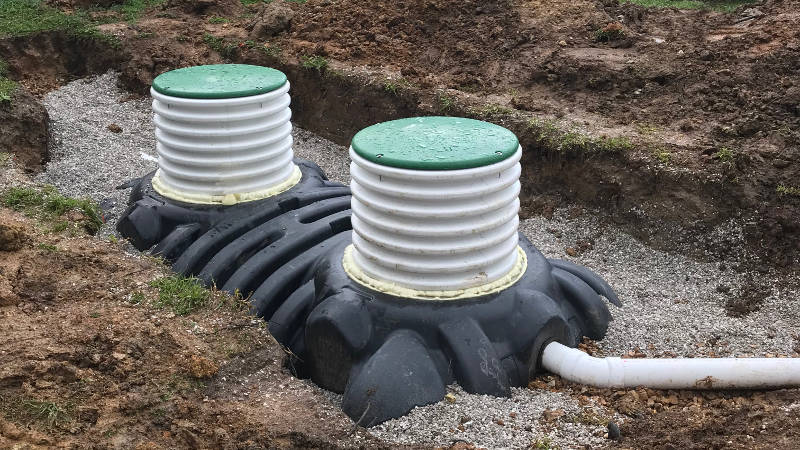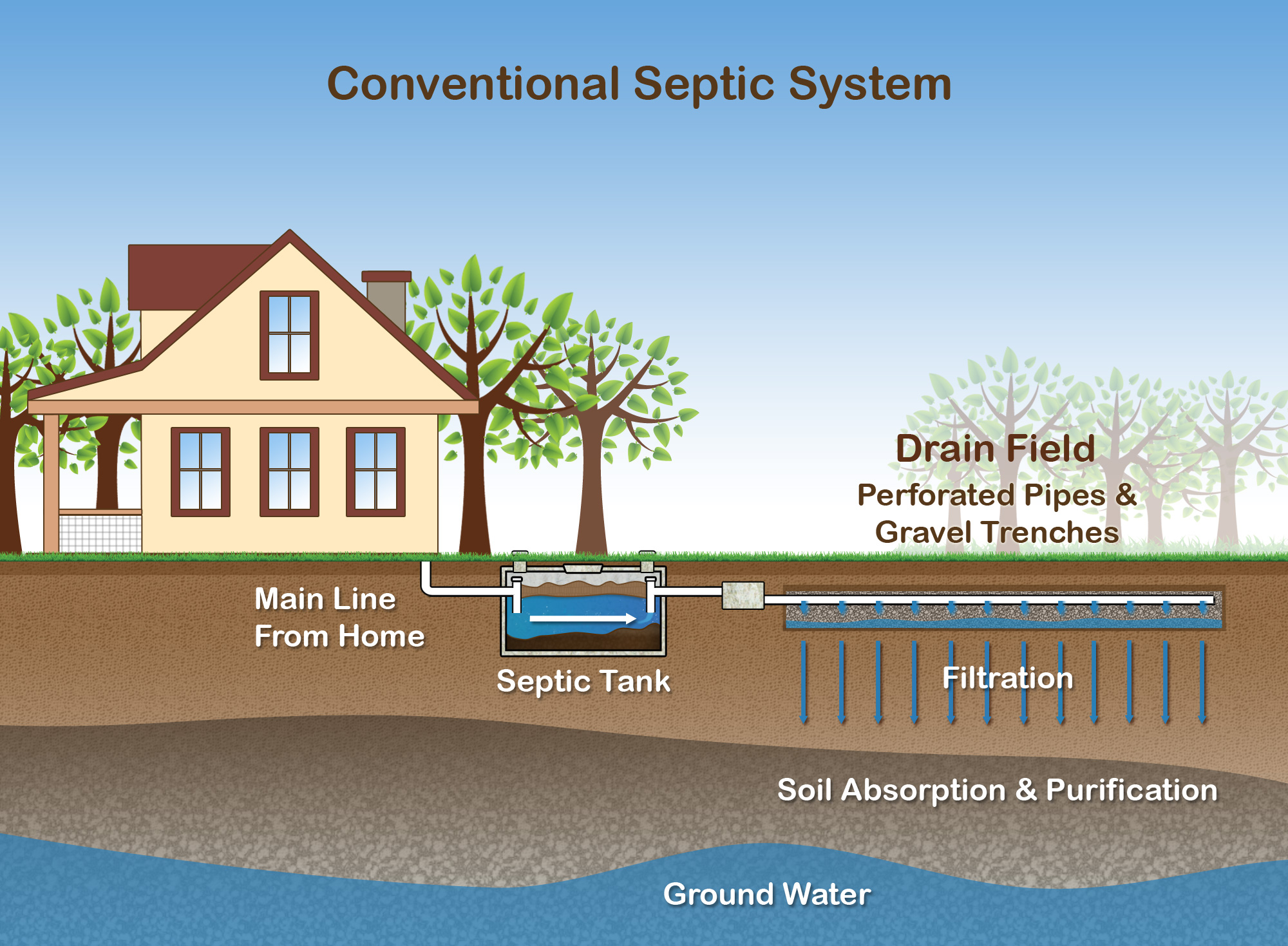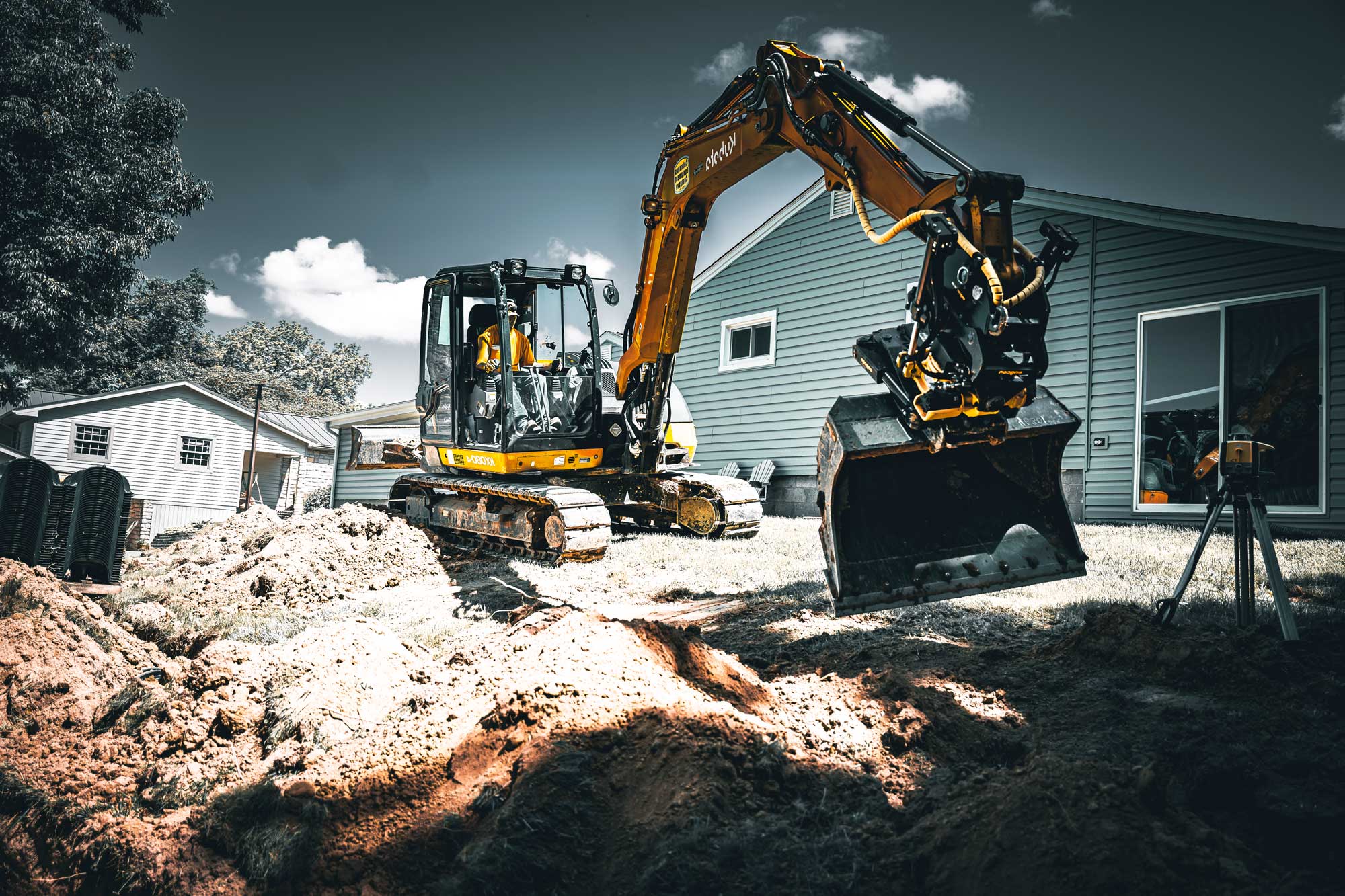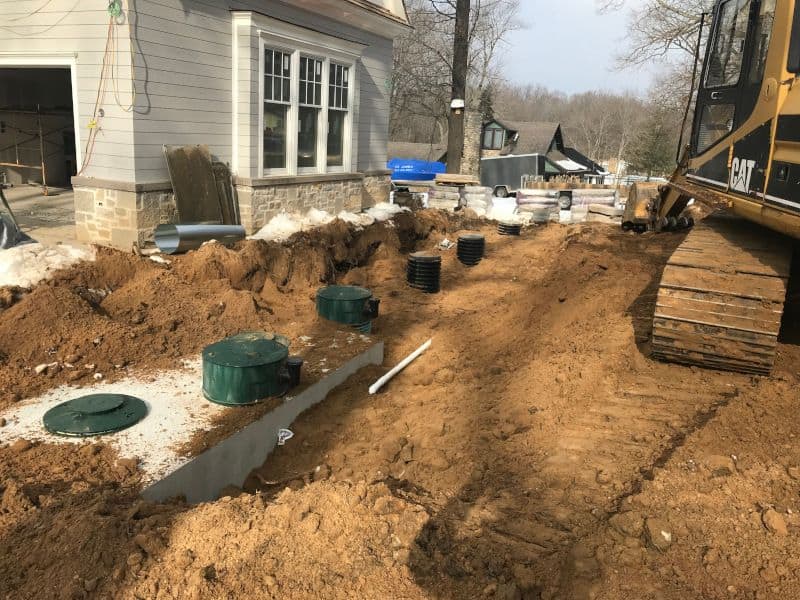Reputable Septic Installments for Residential Properties
When it comes to the crucial infrastructure of domestic buildings, reputable septic setups play a vital role in ensuring reliable waste monitoring systems. Understanding the ins and outs of septic setups, from selecting the suitable system to the installment procedure and succeeding upkeep, is vital for homeowners looking for a trustworthy and long lasting option for their building's sewer demands.

Benefits of Reputable Septic Installations
Installing a reliable septic tank not just ensures reliable wastewater administration but also promotes environmental sustainability and residential property worth retention. By purchasing a properly designed septic system, home owners can substantially reduce the danger of groundwater contamination and surface area water contamination. Properly dealt with wastewater from septic tanks can help safeguard local water resources and ecosystems, adding to a much healthier atmosphere for both current residents and future generations.

In addition, a reputable septic tank can boost the total home value. Possible buyers are typically going to pay more for a home with a well-kept septic tank in position, as it symbolizes a commitment to building maintenance and environmental responsibility. This can give house owners an affordable edge in the actual estate market and make certain a much better return on investment in the future.
Choosing the Right Septic Tank
After recognizing the advantages of trustworthy septic installations, the next important action for house owners is to carefully select the proper septic tank that straightens with their property's specific requirements and ecological considerations. When picking a septic tank, it is important to consider elements such as residential or commercial property size, soil kind, groundwater level degree, and local regulations.
For smaller buildings or those with minimal space, a conventional septic system may appropriate. These systems include a septic system and a drain field and work for buildings with enough dirt leaks in the structure. On the other hand, larger residential or commercial properties or areas with high water tables may require advanced systems like aerobic treatment units or pile systems to make sure correct wastewater treatment.

It is additionally essential to evaluate the upkeep requirements and long-term prices connected with different septic systems. House owners need to think about elements such as pumping frequency, examination requirements, and potential fixings when making their decision. By thoroughly reviewing these considerations, house owners can choose a septic system that not only meets their home's needs but likewise advertises environmental sustainability.
Elements to Take Into Consideration Prior To Installment
Before proceeding with the installation of a septic system, detailed site analysis and soil testing are essential steps to make certain optimal capability and durability of the system. Website assessment includes examining aspects such as the home's topography, distance to water resources, and the dimension of the home to establish the most appropriate location for the septic system. By very carefully taking into consideration these aspects prior to setup, home owners can guarantee a trusted and reliable septic system customized to their building's certain needs.

The Installation Process Discussed
To commence the installation process of a septic system for a household property, the first step involves mindful excavation of the designated area adhering to the approved site strategy. This excavation is essential as it establishes the foundation for the whole septic system. As soon as the location is excavated to the required deepness and measurements, the following step is the installation of the sewage-disposal tank. visit The septic container is put in the ground, ensuring appropriate placement and leveling. Complying with the storage tank installation, the drain field pipes are laid out in trenches full of crushed rock to help with proper water drainage. The pipes are then covered with dirt, enabling the effluent to gradually filter into the bordering ground. After the setup is complete, a last assessment is carried out to ensure that the septic tank fulfills all laws and functions effectively. Proper setup is essential for the long-term capability and performance of the septic tank, making sure a trusted wastewater treatment option for the house.
Maintenance Tips for Long Life
Correct maintenance of the septic tank is imperative to ensure its longevity and proceeded reliable operation, adhering to the precise installation process vital for properties. Regular pumping is vital to avoid solids from accumulating in the tank and possibly clogging the system. It is suggested to have the septic storage tank examined and pumped every 3-5 years, depending upon house size and water use. Additionally, being mindful of what is flushed down the tubes can significantly influence the wellness of the septic tank. Stay clear of purging non-biodegradable things, chemicals, oil, and too much amounts of family cleaners, as these can disrupt the all-natural biological procedures within the container. Conserving water use by fixing leaks and spreading out washing tons can also aid maintain the balance within the system. Keeping a healthy and balanced drain area by avoiding from driving or developing over it, planting trees at a secure range, and avoiding the usage of heavy equipment on the location can expand the additional reading general life-span of the septic system.
Verdict
To conclude, trustworthy septic installations are critical for properties to make certain efficient waste monitoring and avoid costly fixings. By selecting the best septic system and considering crucial factors prior to installment, house owners can enjoy a convenient and about his resilient solution. The installment process should be performed carefully, and normal maintenance is needed to prolong the lifespan of the septic system. Generally, investing in a reliable septic installation is important for the capability and long life of properties.